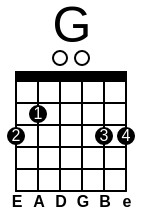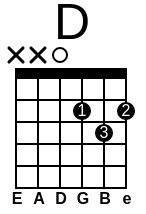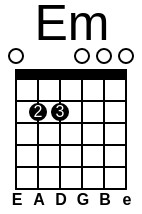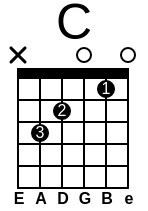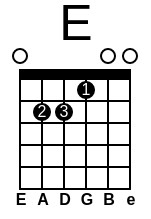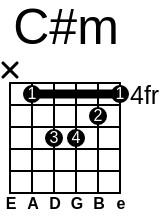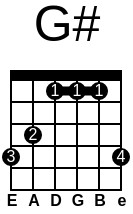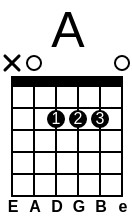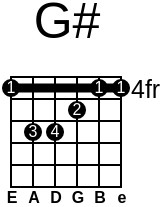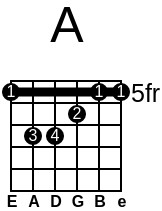I would like to calculate how comforable it would be to play a given chord progression with different "fingerings" (e.g. open chords, vs bar chords).
For instance, if we have the chord progression G D Em C. For most people the most confortable way to play those would probably be as open chords:
If we have a chord progression that includes a chord that could not be plaed as an open chord in standard tuning, it's not that simple anymore.
In that case we have
C#mwhich is played on the 4th fret in an Am shape.G#on the first fret in a G shape.
The diagrams that I picked show a very uncomfortable way to "finger" the chords: A chord played in a G shape is generally very uncomfortable to play; Many "jumps" (open => 4th fret => 1st fret => open)
A (in my opinion) much more comfortable way to play it would be:
Arguably it might be easier to play an open A instead. Especially if the sequence if played multiple times in a row.
What I'm trying to say is, there are a lot of factors that would have to be taken into consideration when calculating the most comfortable fingerings. And there are cases in which it comes down to personal preference.
But I think there are situations where most guitar players would agree that certain fingerings would be more comfortable to play.
I'm not exactly sure what I'm asking for. What I currently have is a big library of guitar chords that includes finger positions.
I'd say my problems are: I need a sort of formula and I need plausible numbers for the factors in that formula on which most guitar players could agree on. (E.g. G shape barre is less comfortable than Em shape barre; chord switch over 15 frets is less comfortable than chord switch over 2 frets; etc..)

